New year ... new plane.
It will be him:

Or something like that.
I gathered some documents:
Windsock data file # 12 and # 92
"Le Fana de l'aviation" N ° 579
Full images of a restored Belgian Hanriot:
http://www.theaerodrome.com/forum/showthread.php?t=61062&page=2]http://www.theaerodrome.com/forum/showthread.php?t=61062&page=2
Photos (there are also other planes):
https://ww2aircraft.net/forum/media/hanriot-hd-2-code-d47-french-navy.27522/]https://ww2aircraft.net/forum/media/hanriot-hd-2-code-d47-french-navy.27522/
The kit shows some oversights:
The rear part of the fuselage should be redone to look like this:
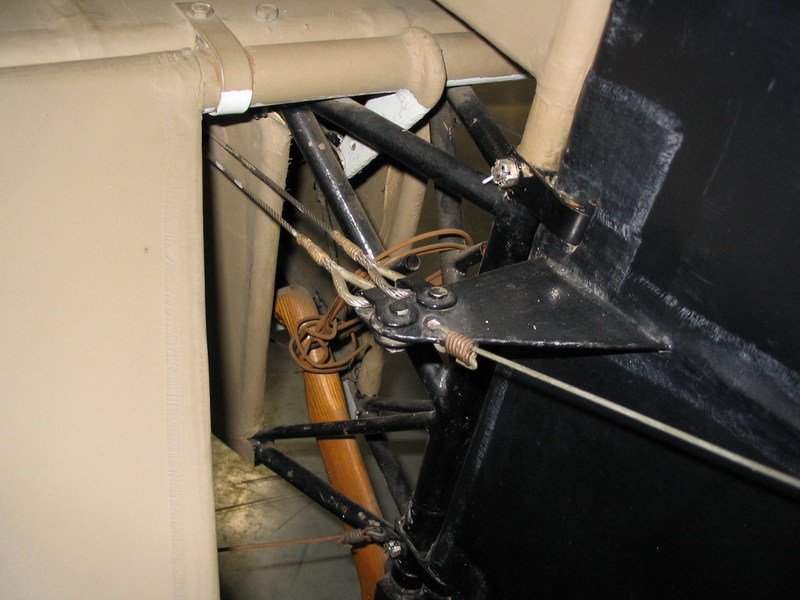

The hatches at the front of the fuselage will probably have to be moved. I can open one of the two.
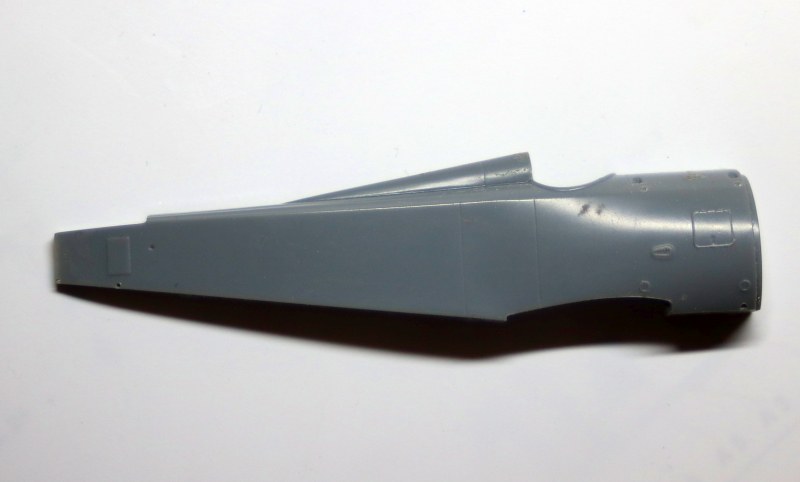
The slot under the engine hood must be drilled.

The two parts that must be assembled to form the engine hood. To avoid scratching the entire interior in order to refine the entire hood, I copied the small part. Covered with pencil lead, a piece of scotch tape to take the imprint and the scotch tape is glued to a piece of plastic (0.2 mm). Then we drill the holes at the ends and end up cutting all around the imprint. The rounded shape is given by fixing it on a cylindrical support with scotch tape and immersing it all in boiling water. By cooling (with cold water) the part keeps its rounded shape.
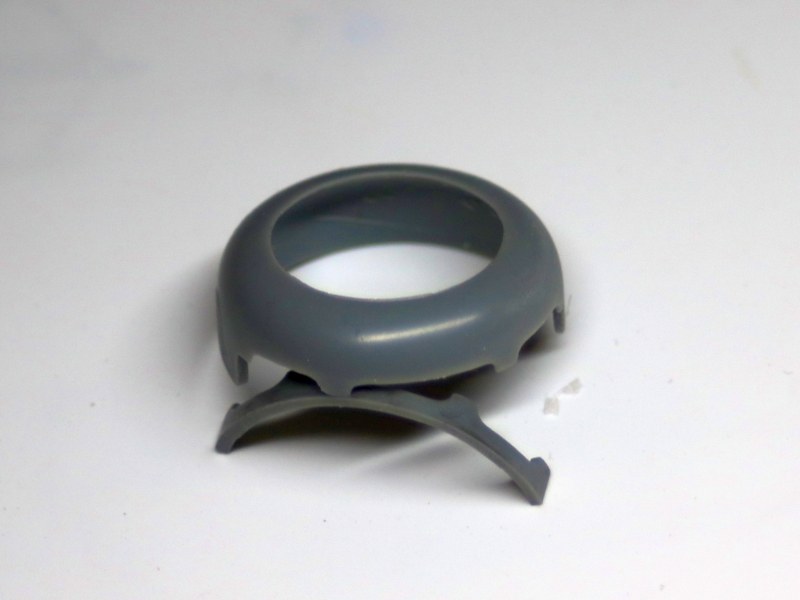

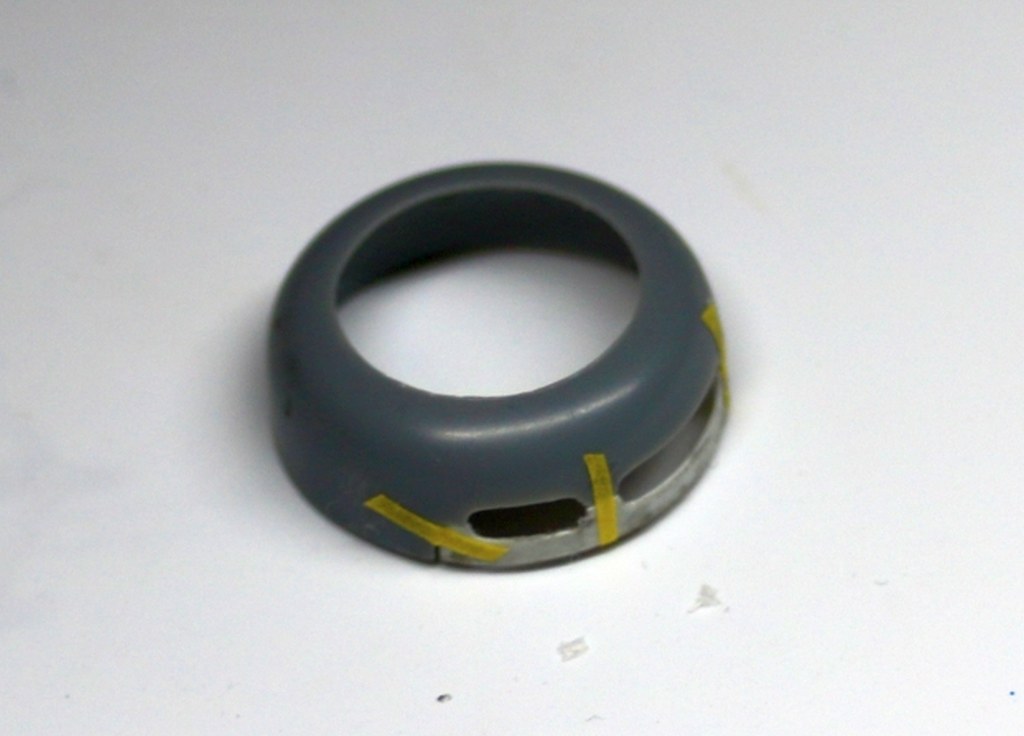
The cockpit will be redone despite the good work done by Eduard and the inconspicuous once the plane closed.
I have already scraped a lot with the mini drill and the file.
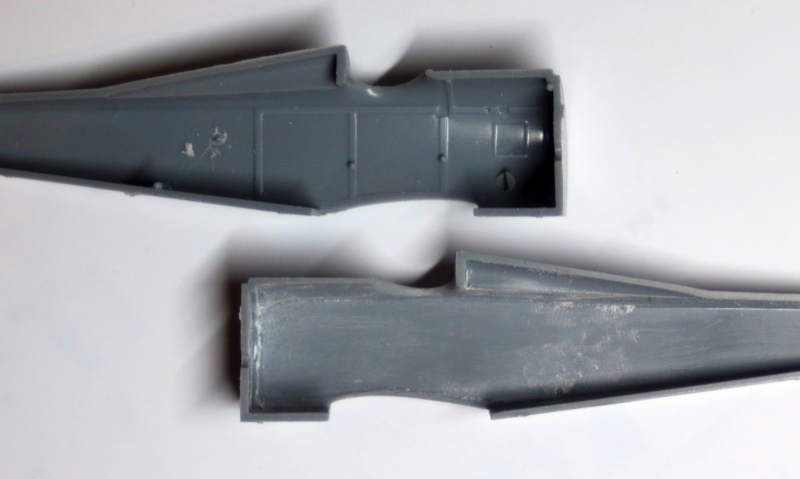
Regards










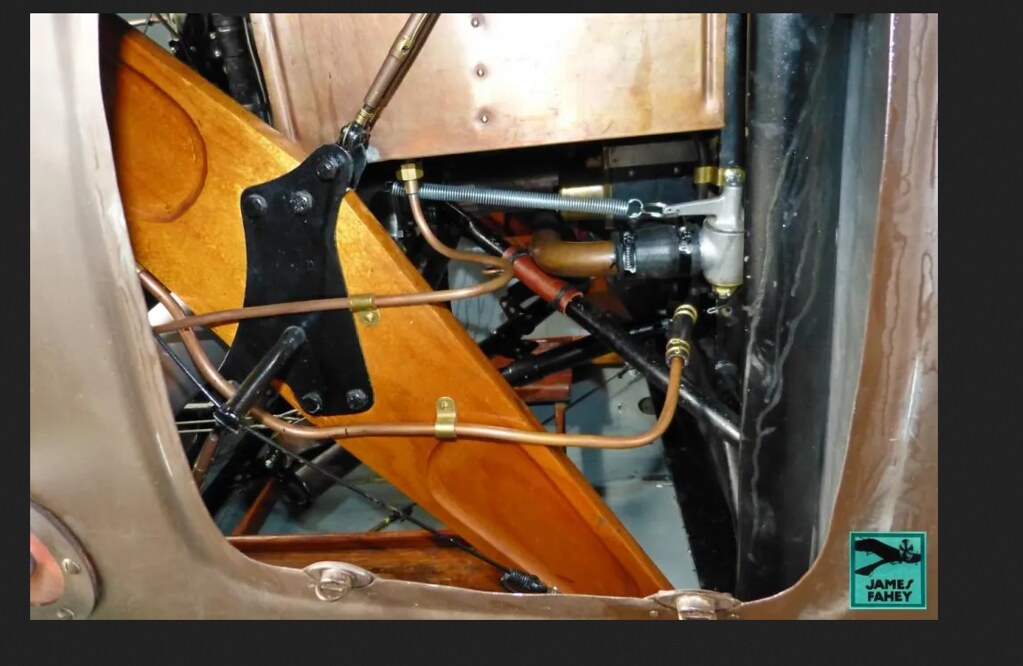
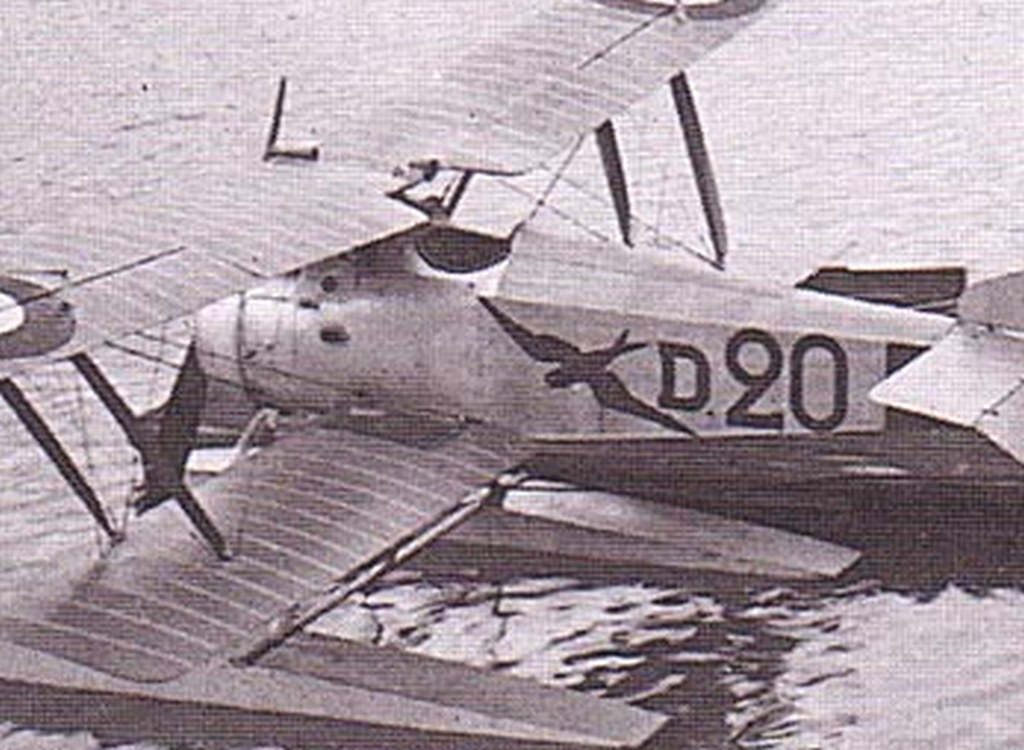


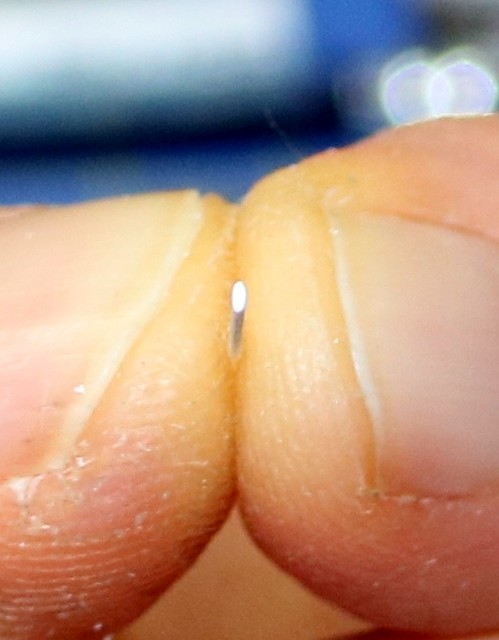

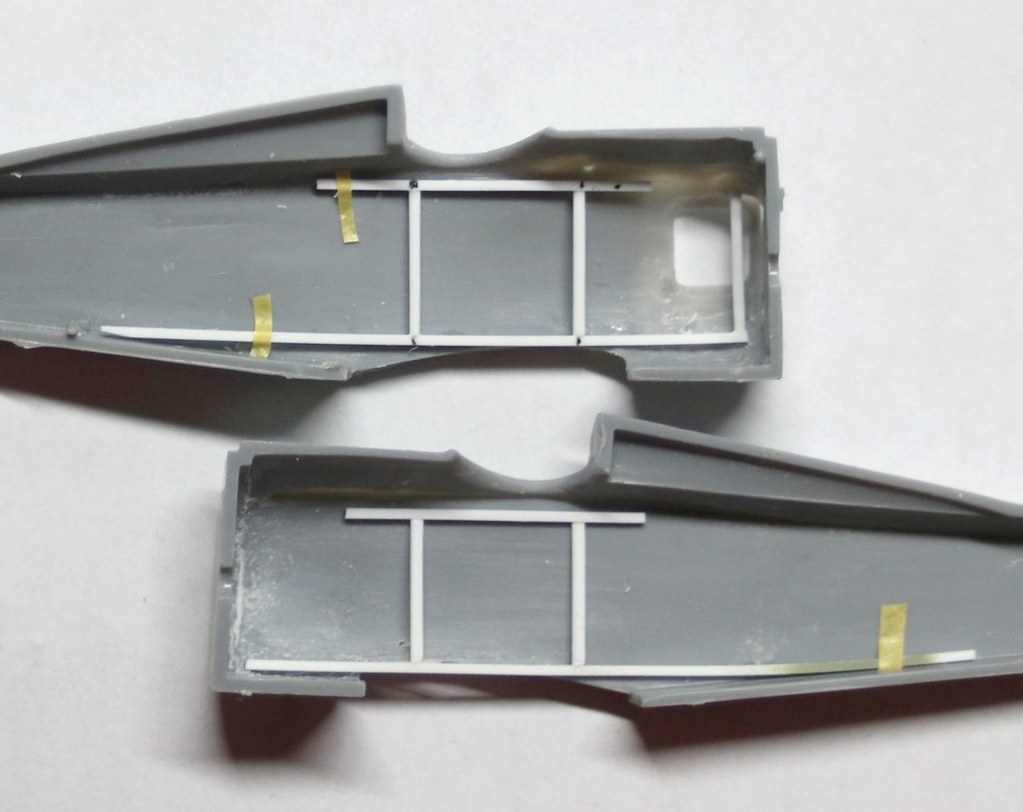






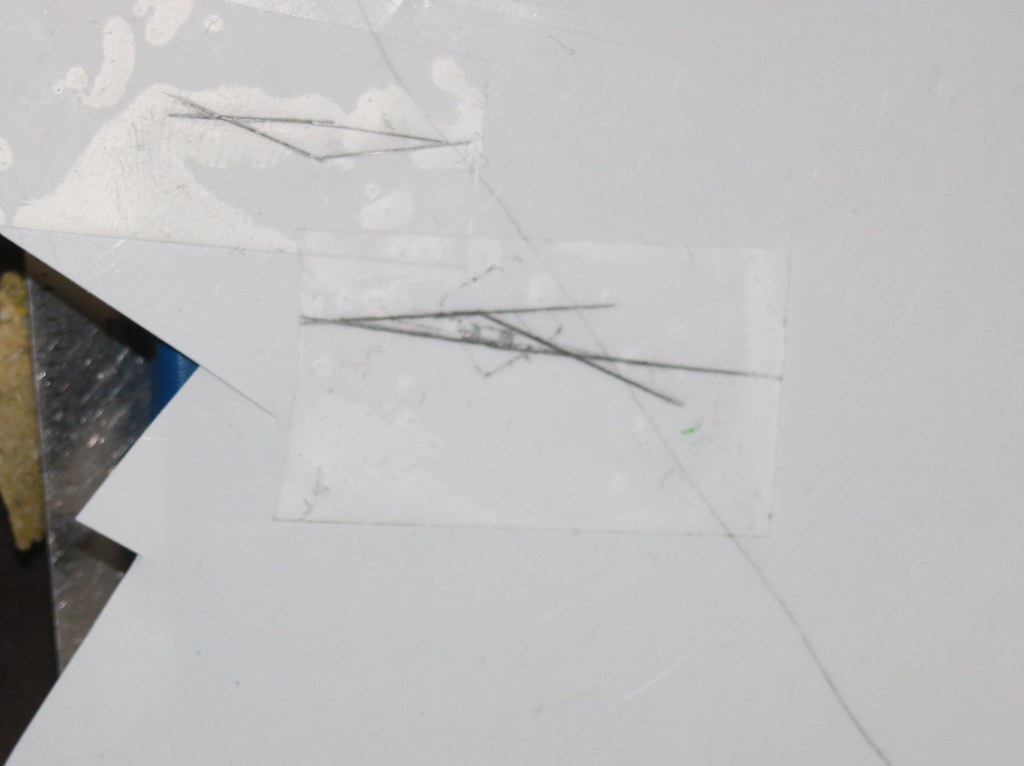

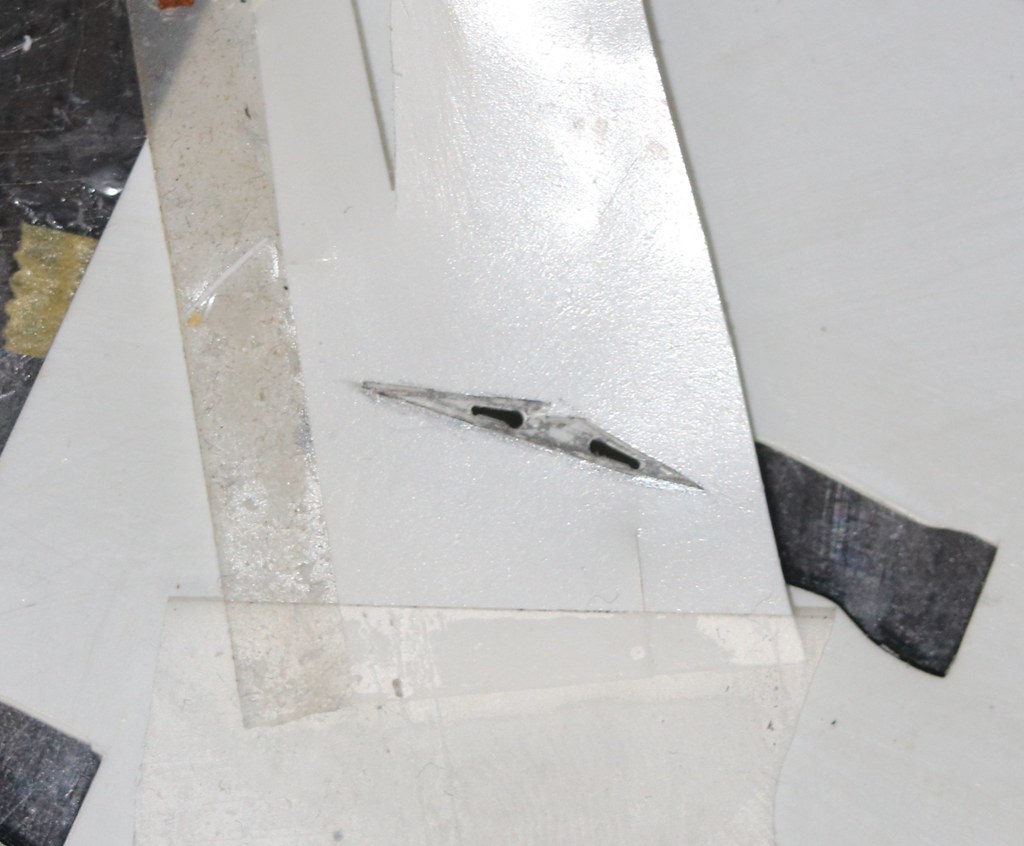



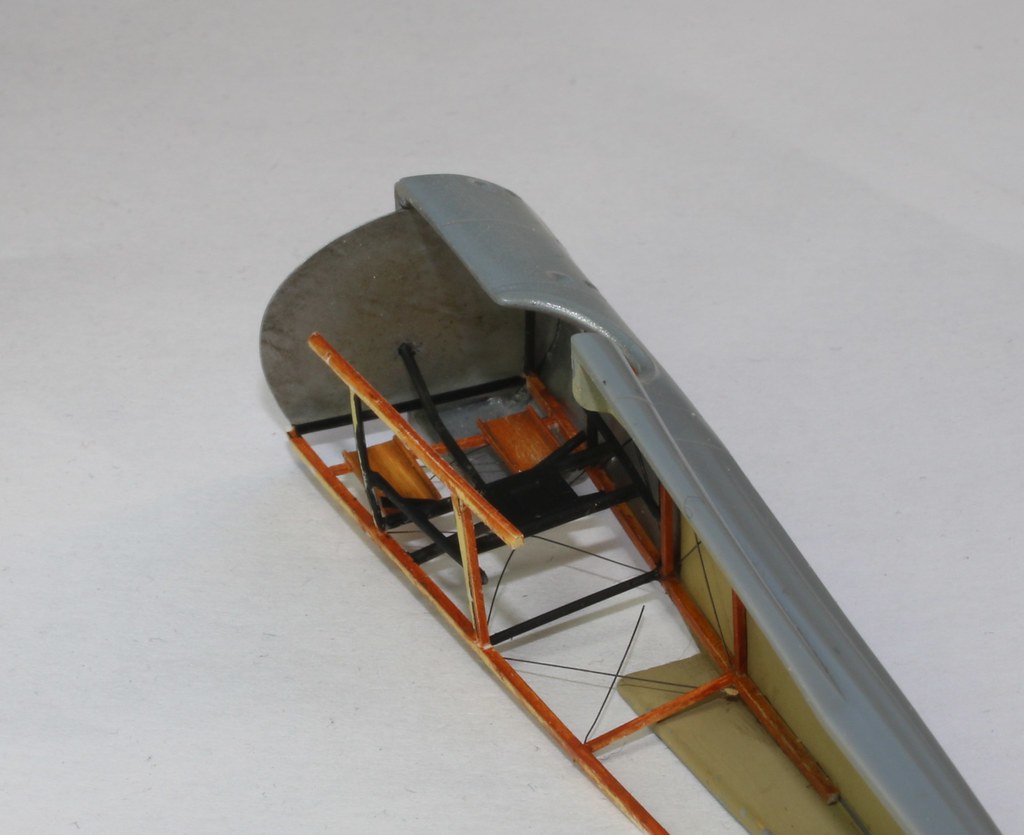


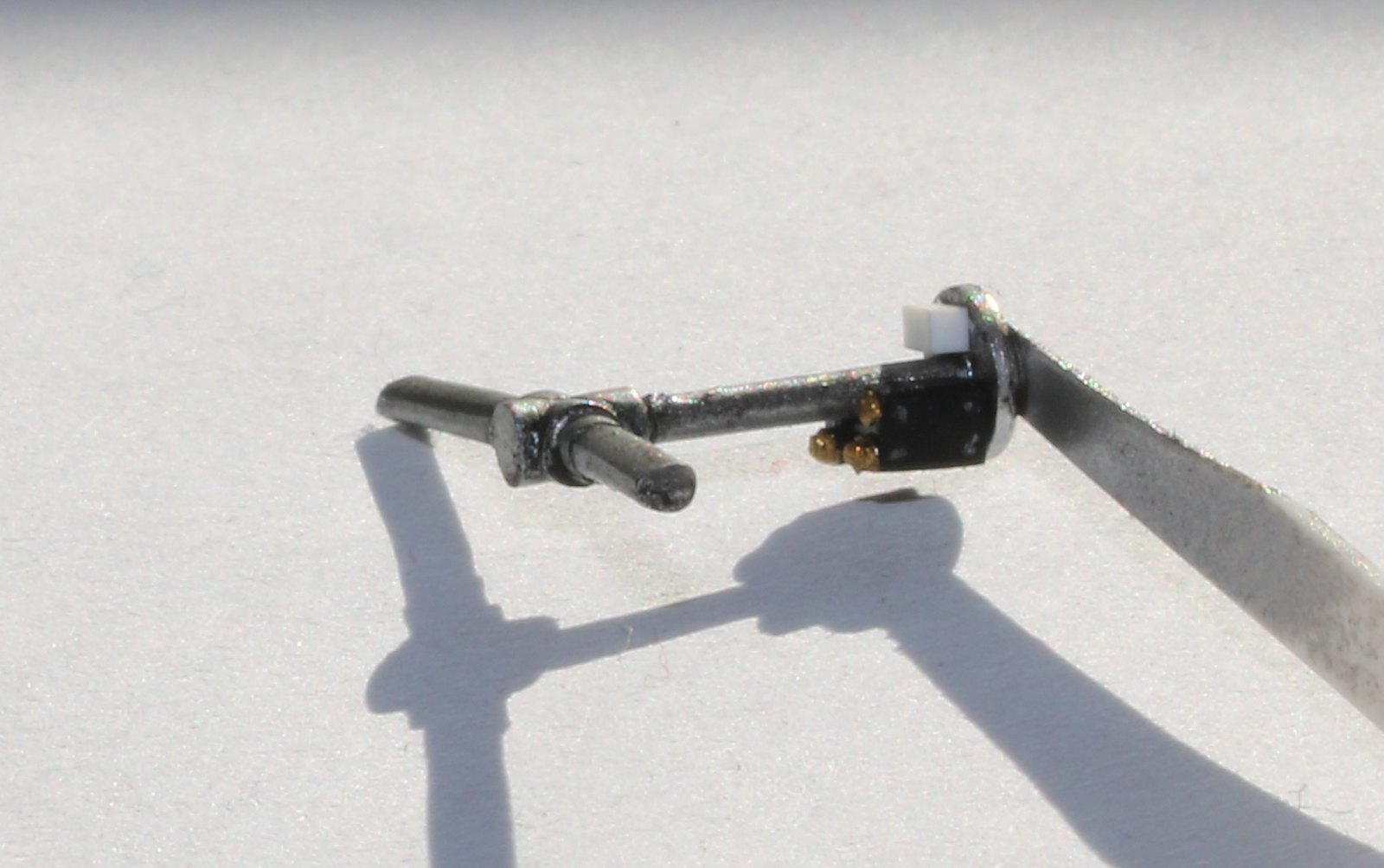



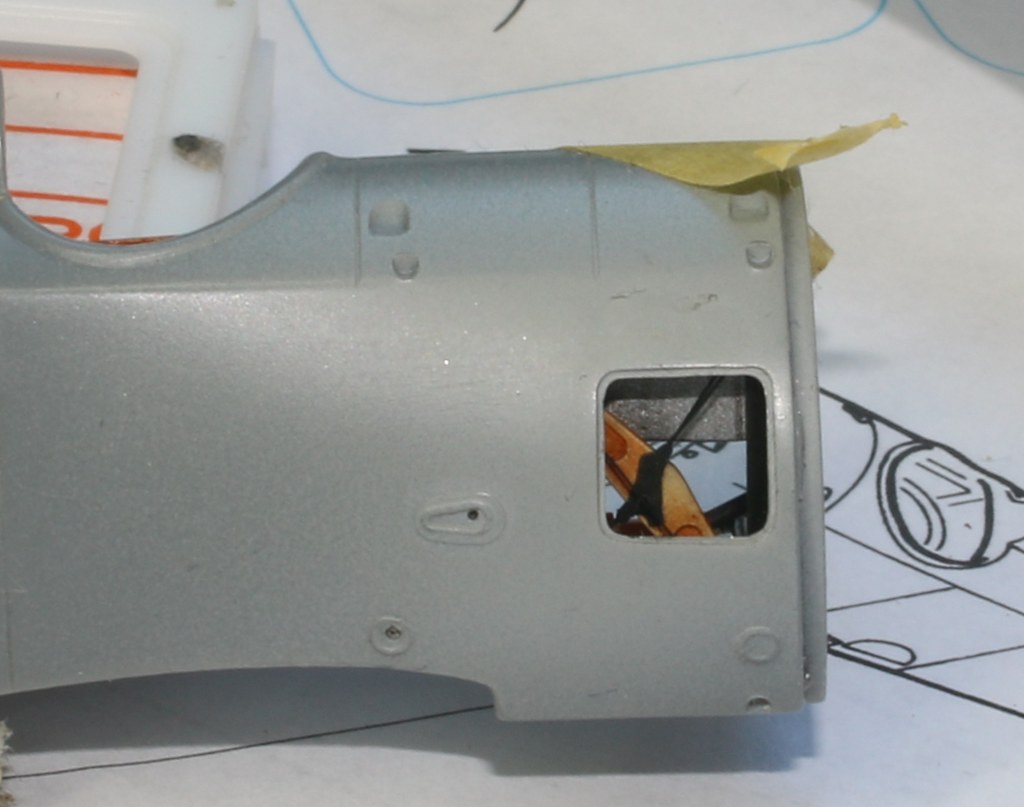




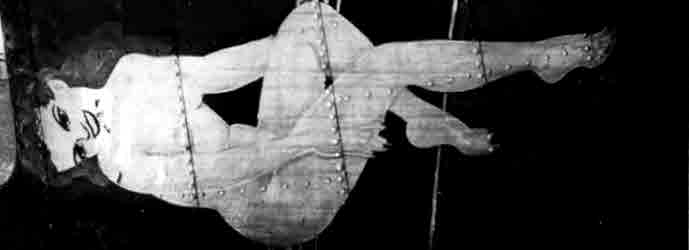
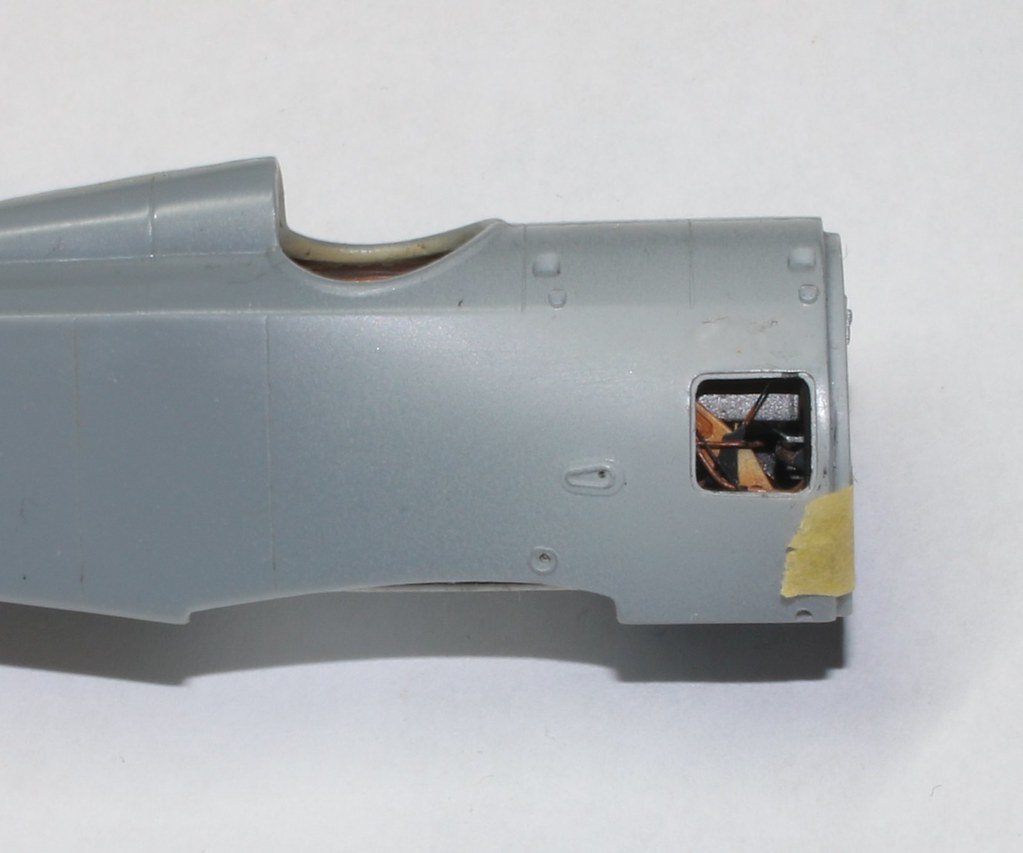
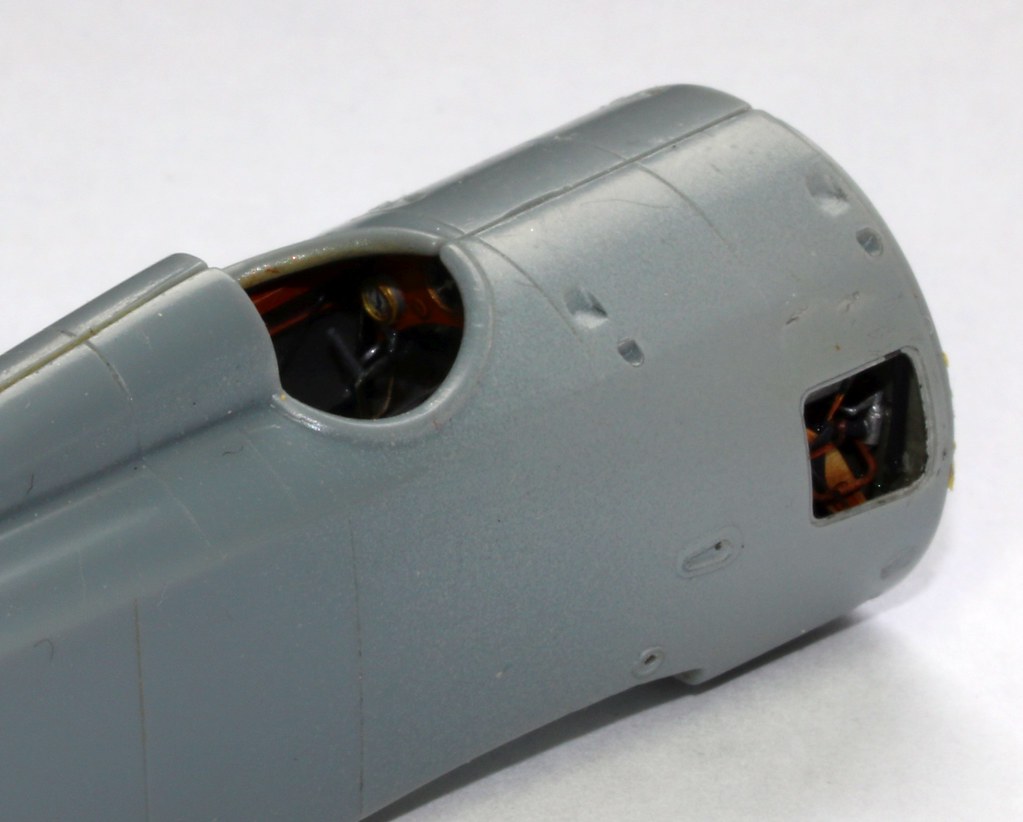






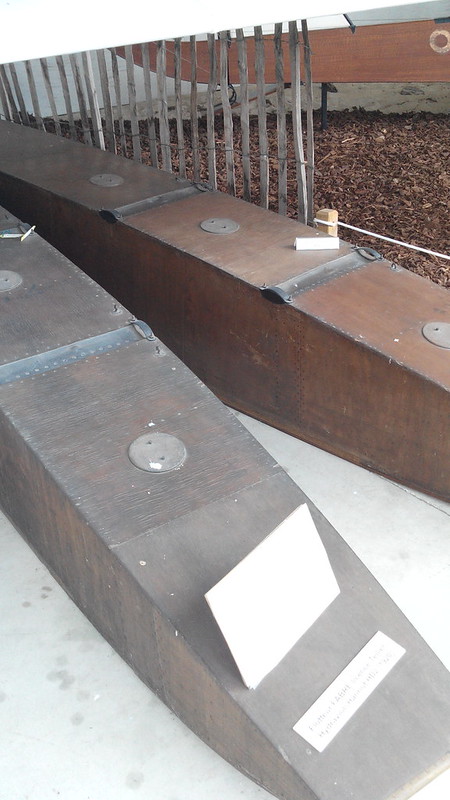



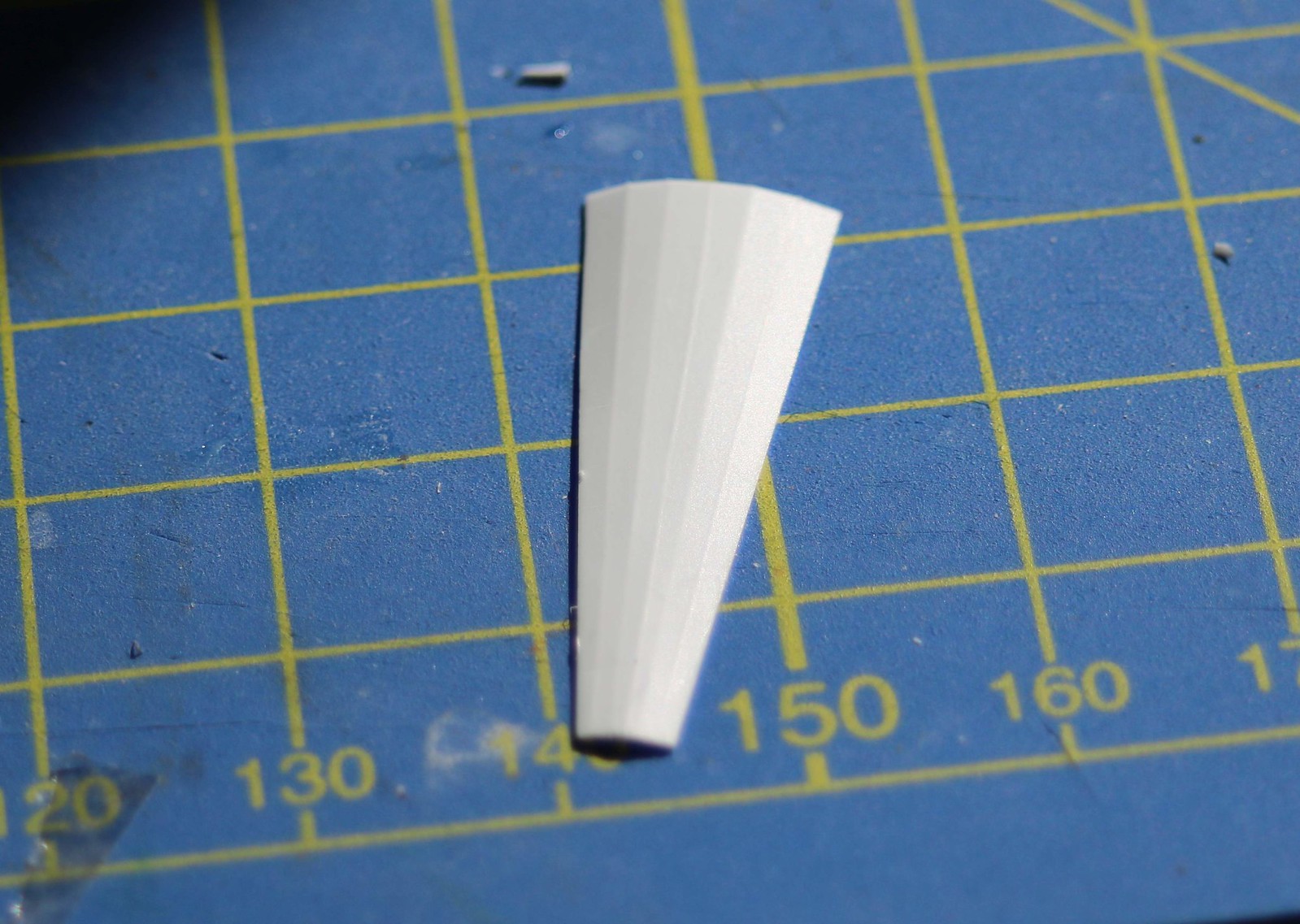

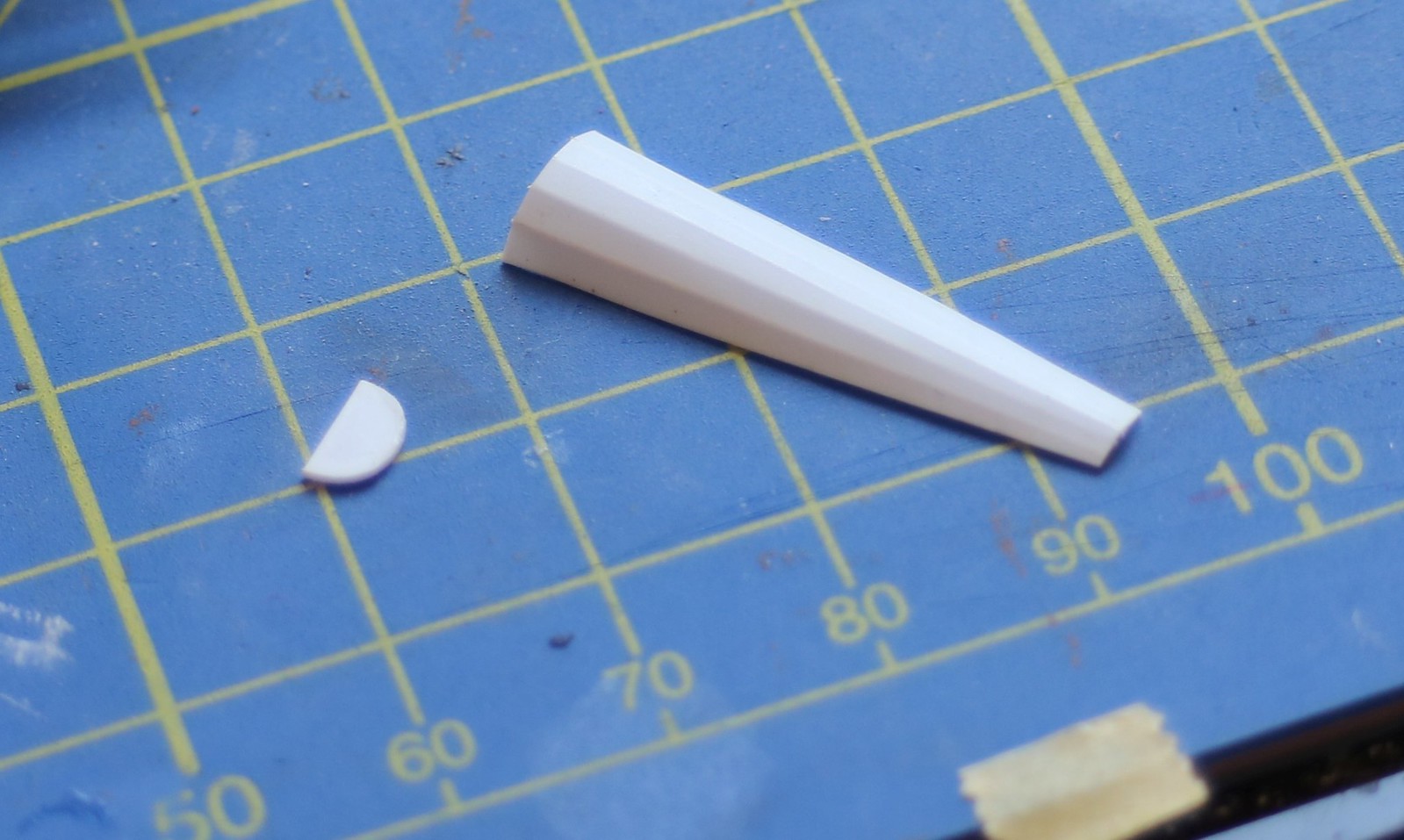

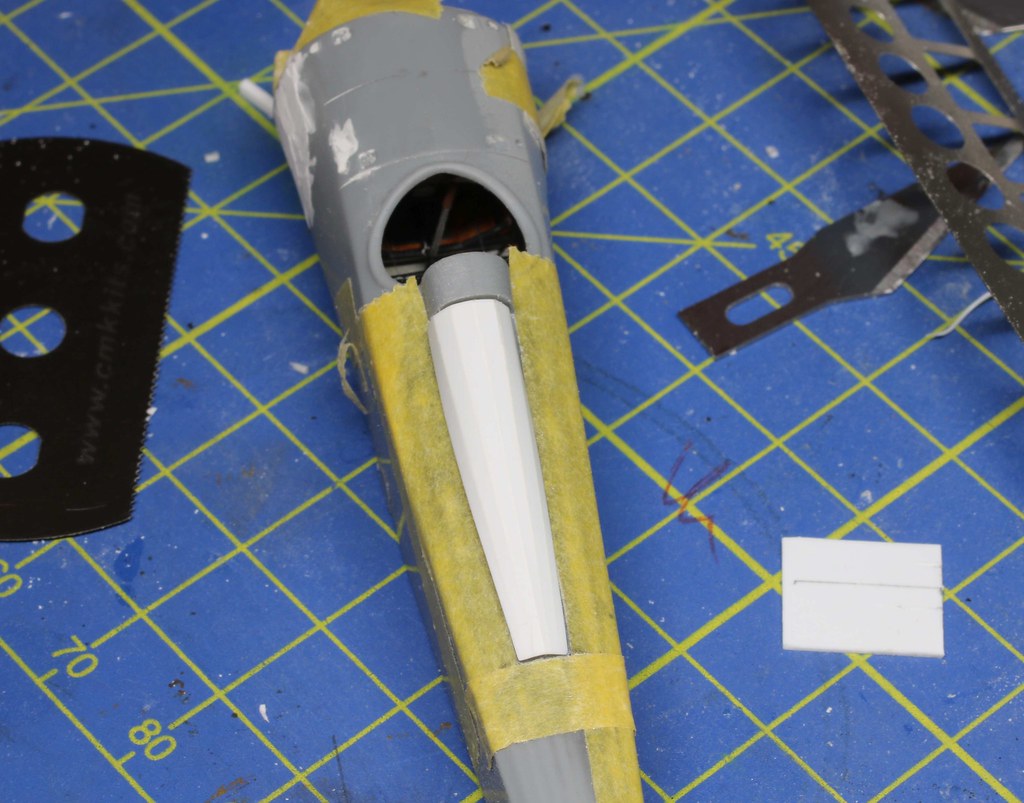

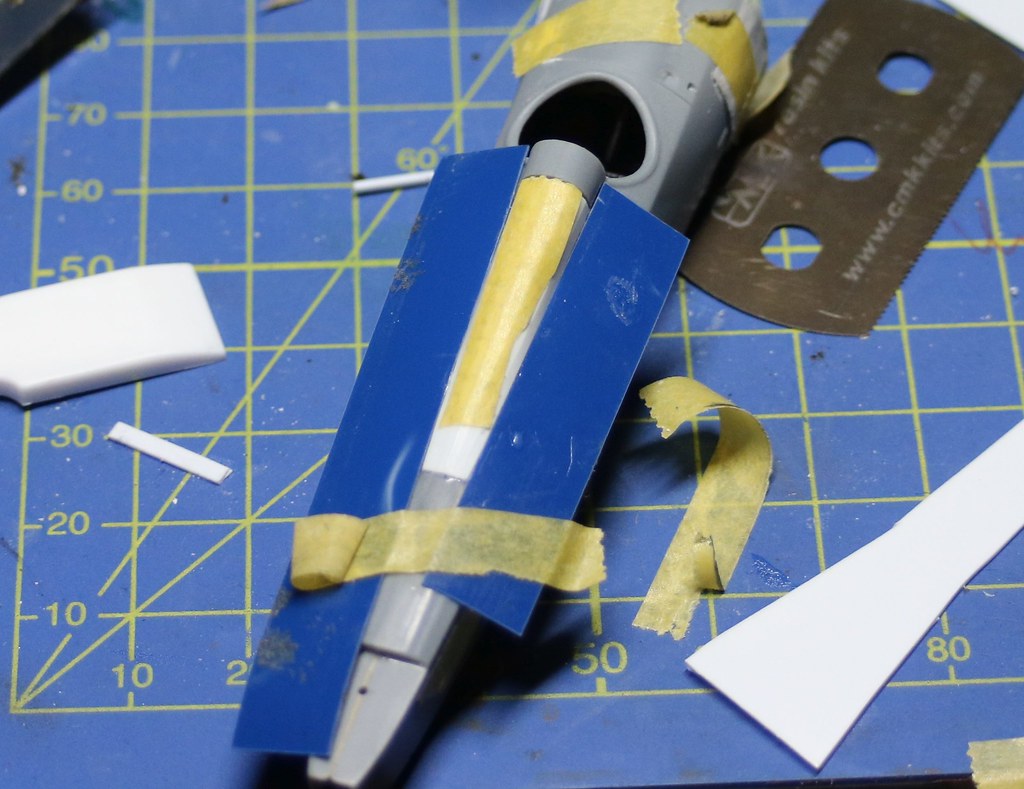
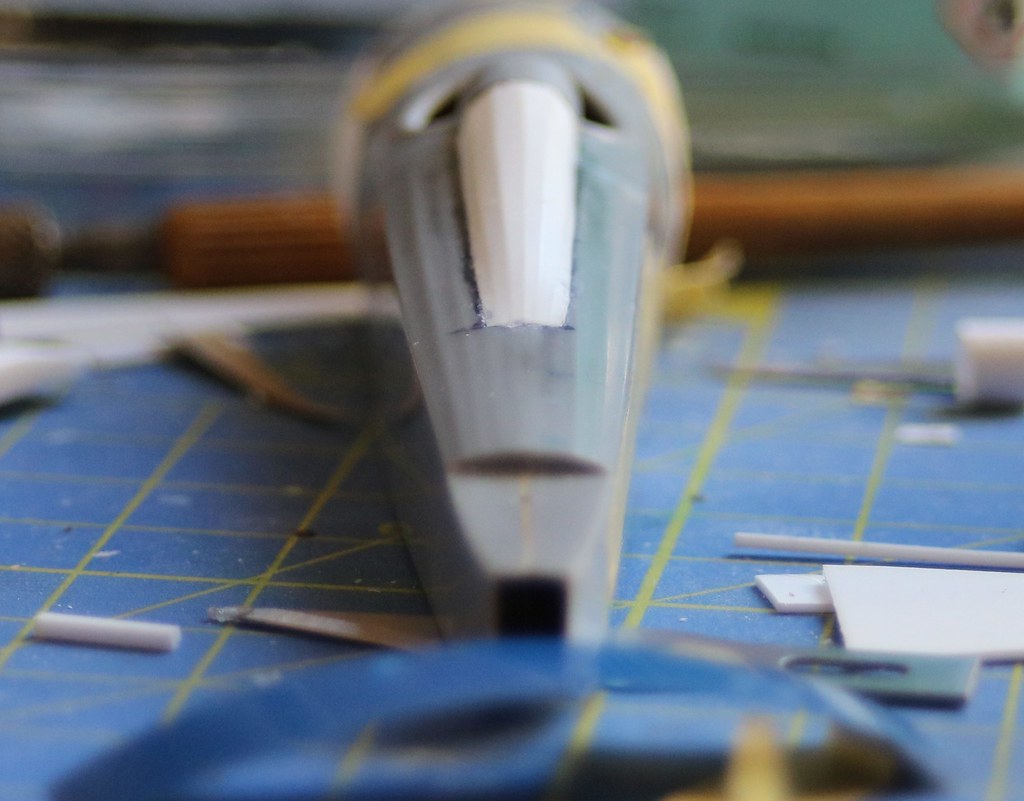


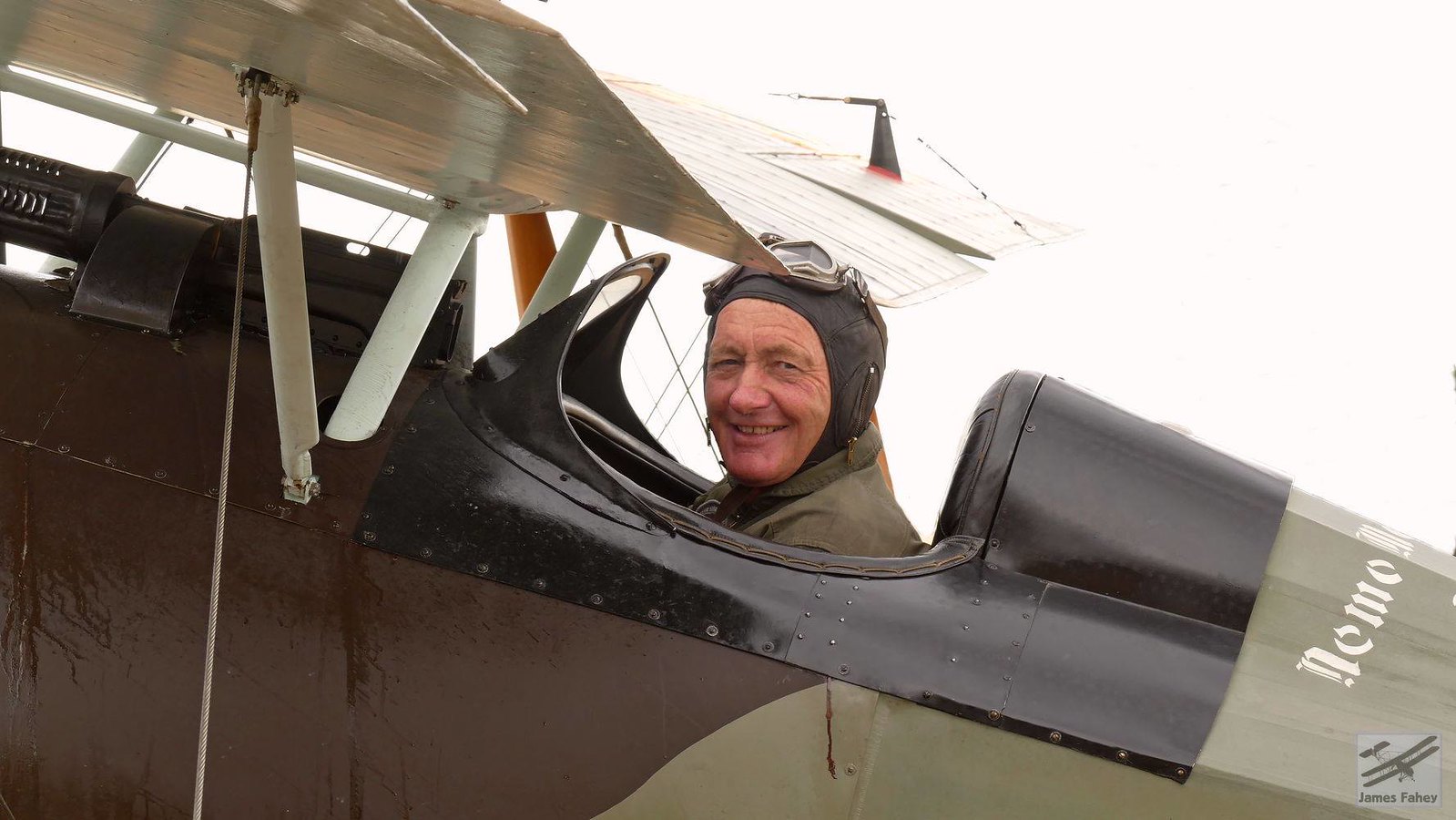
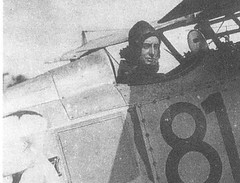


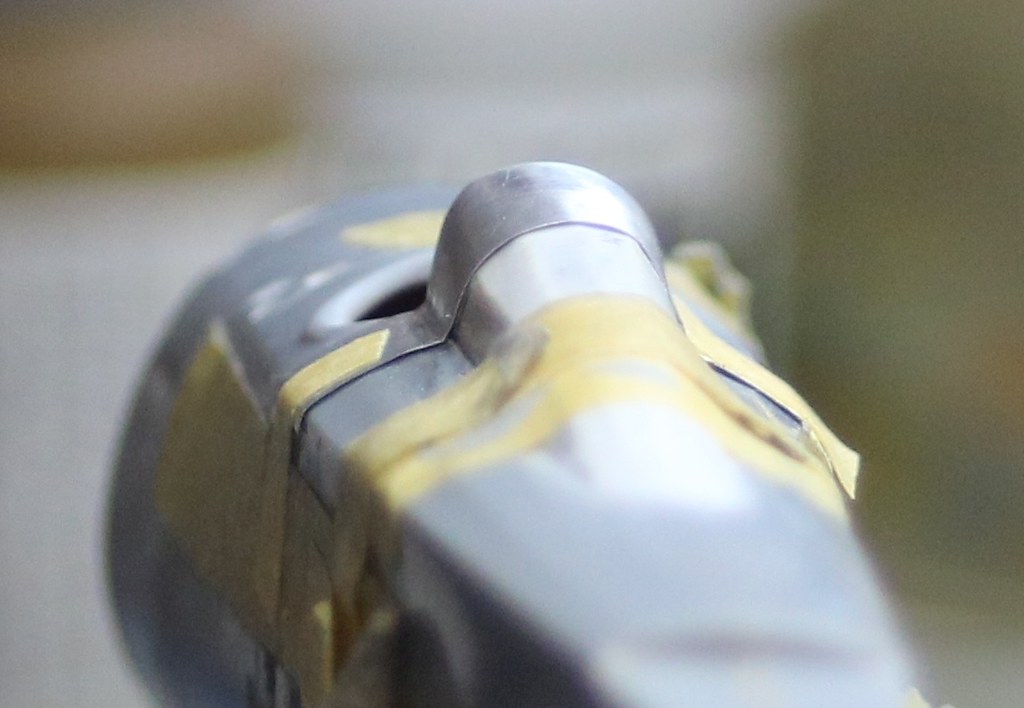
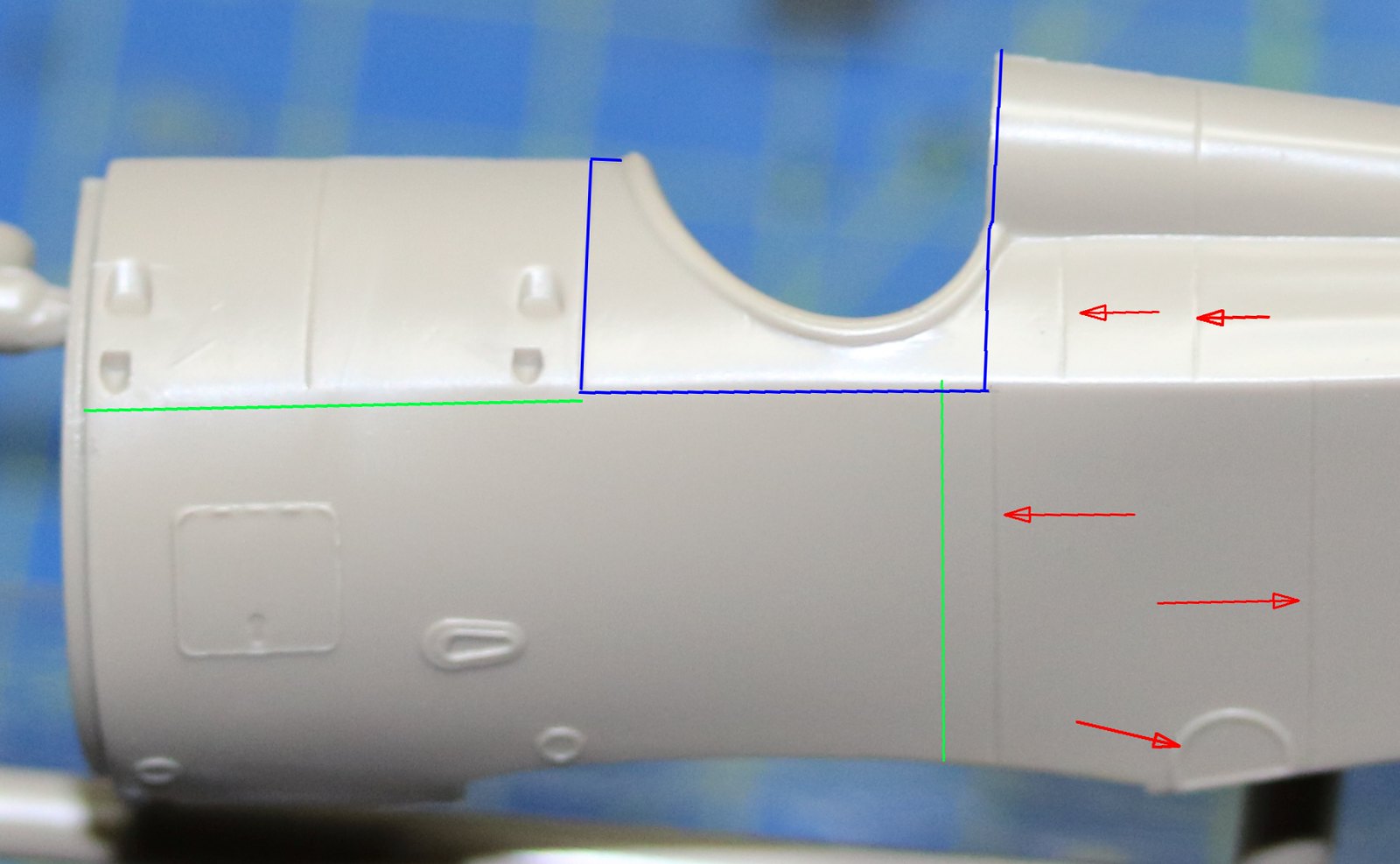



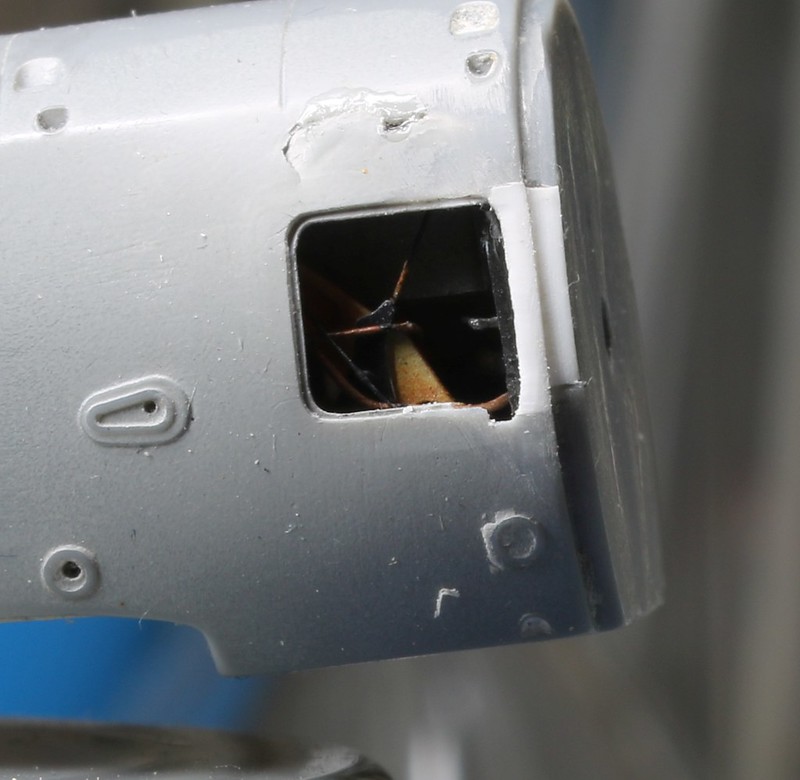





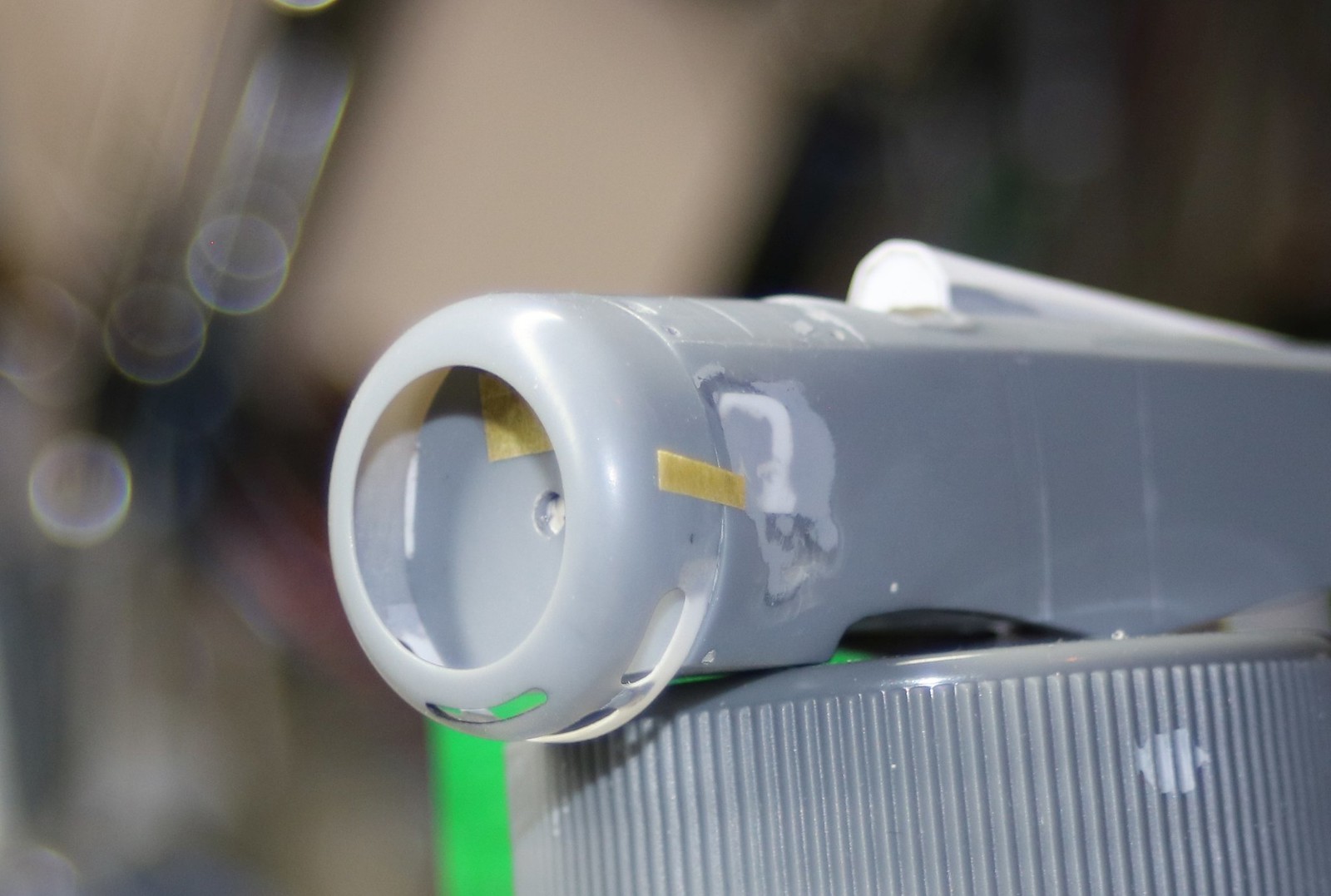


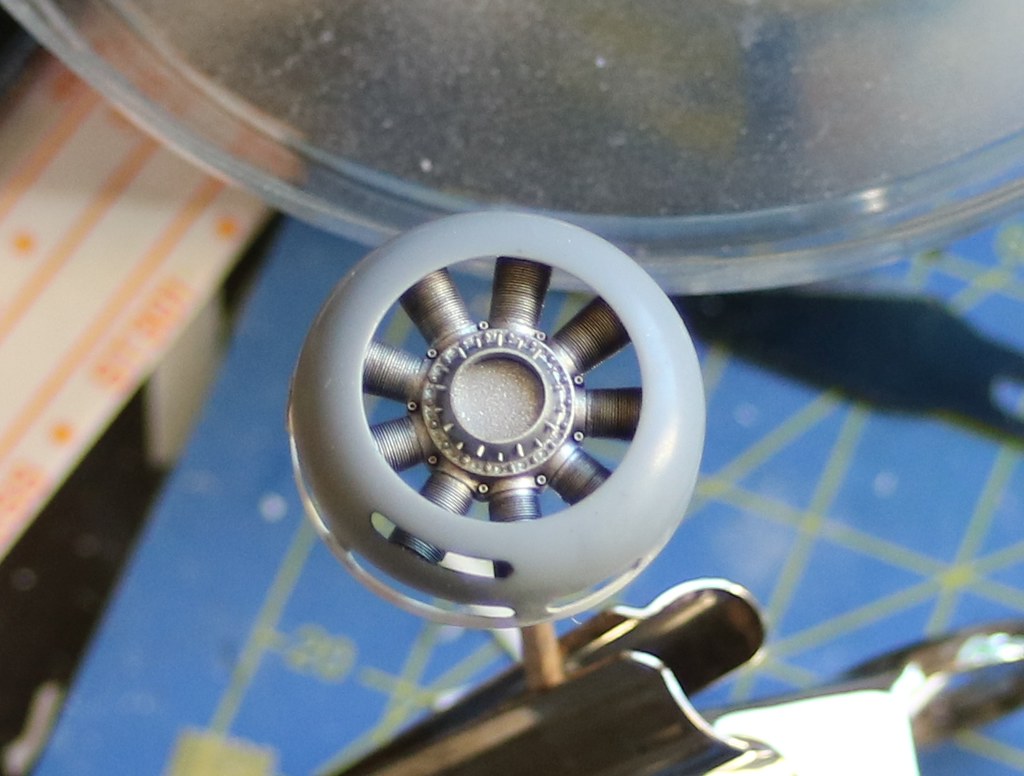

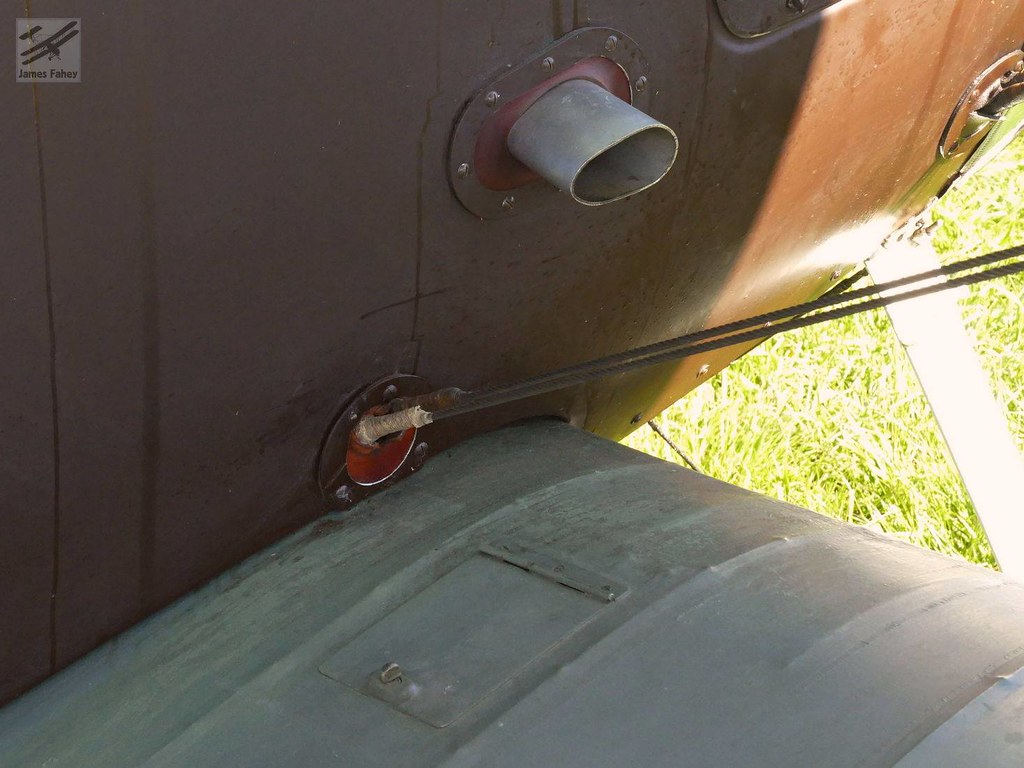

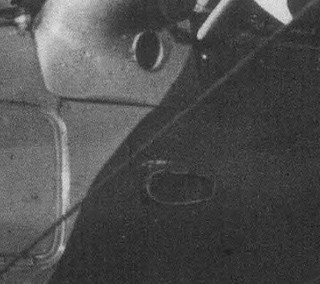


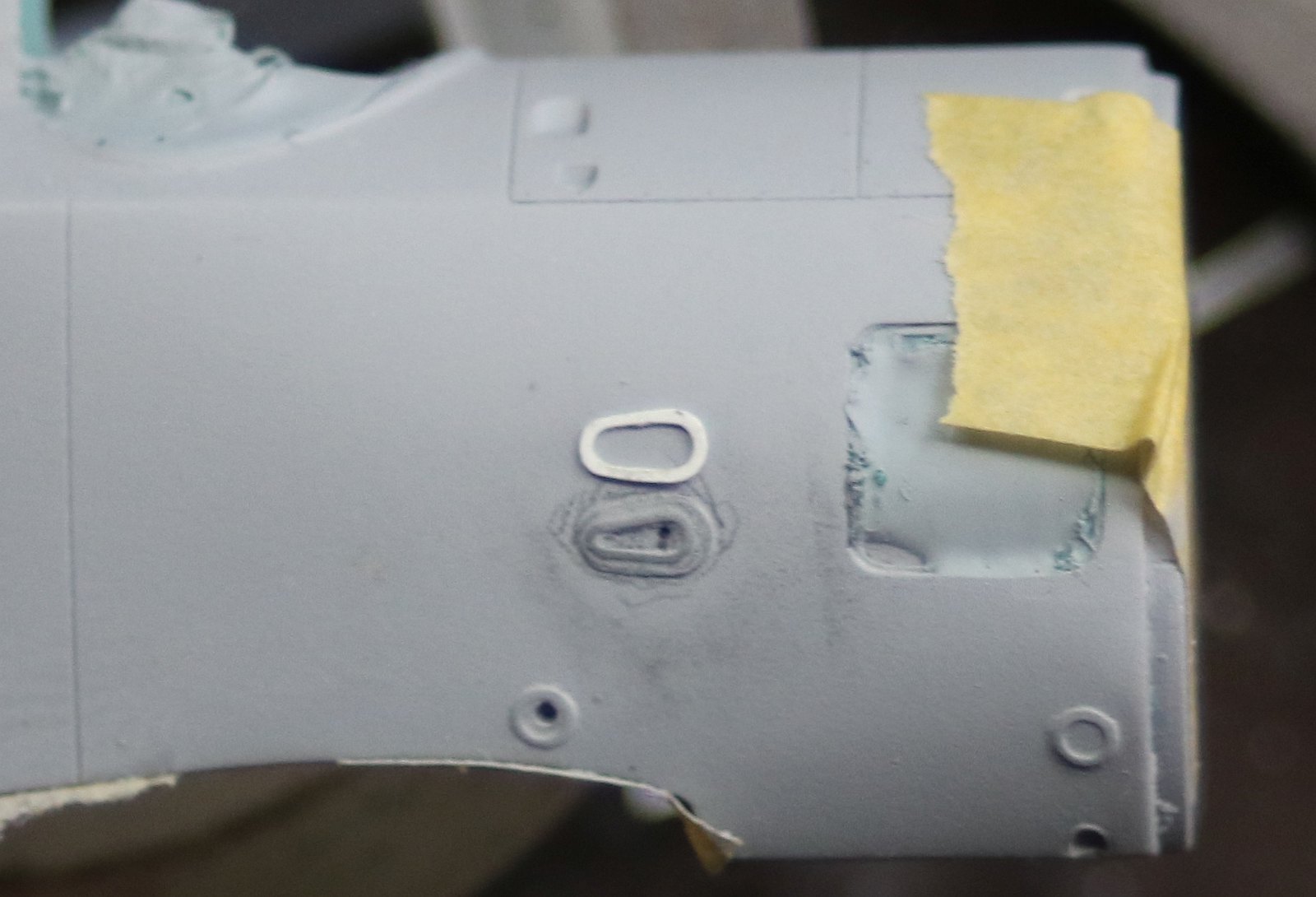
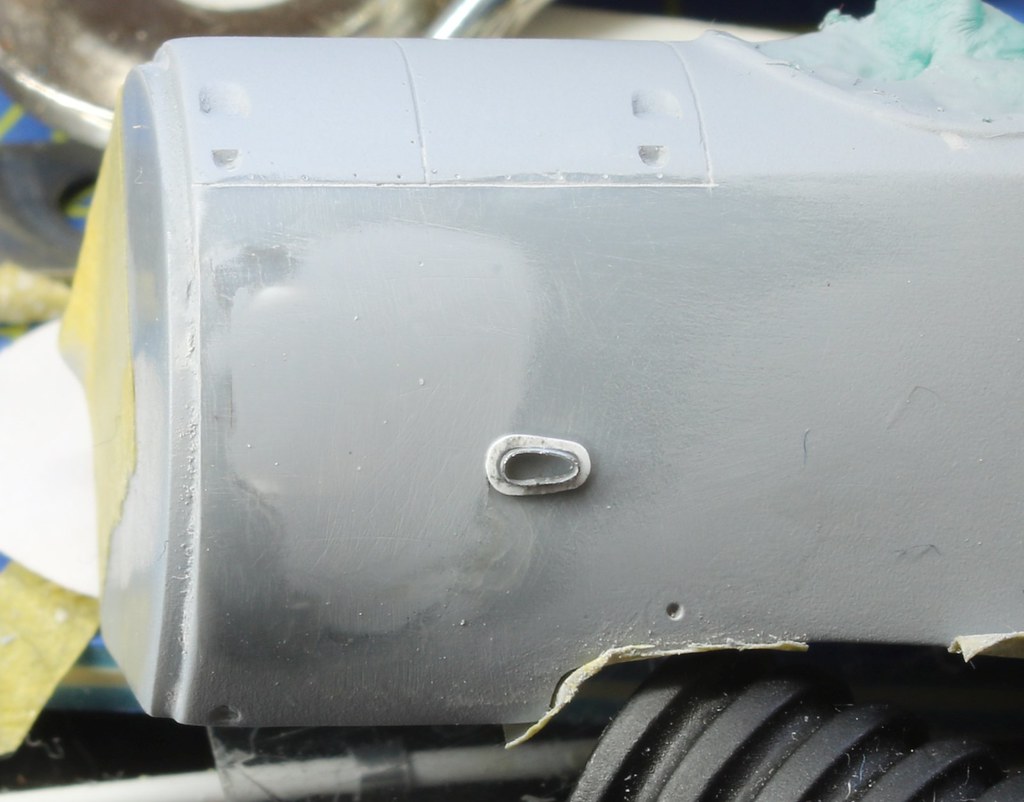
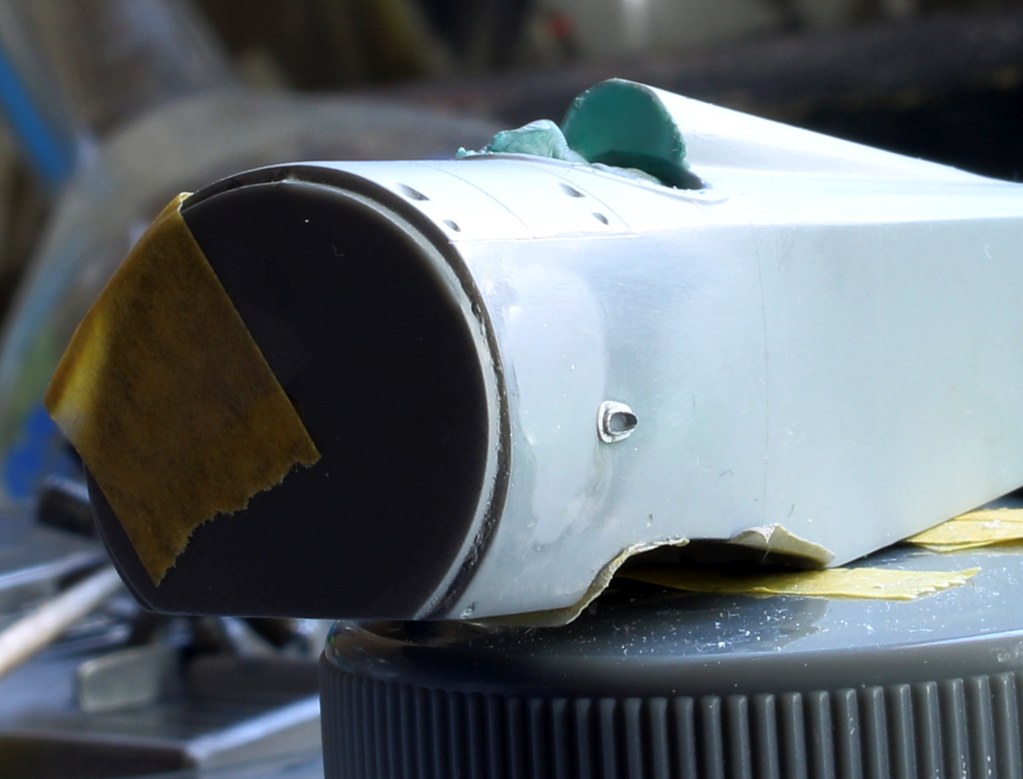
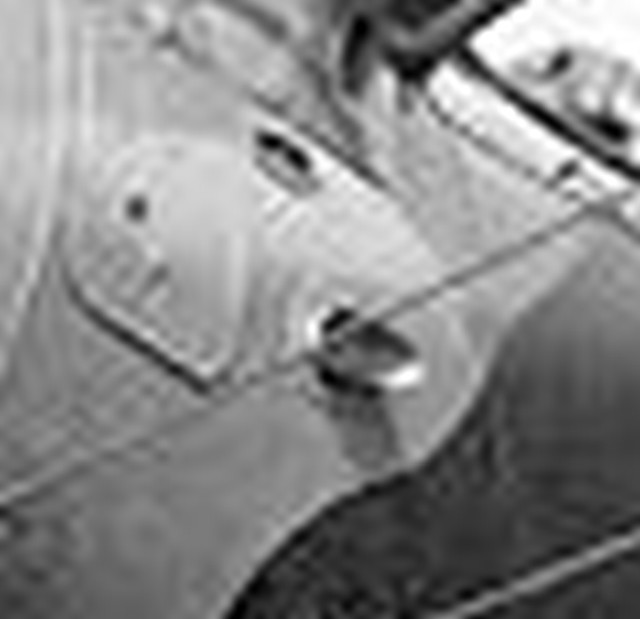




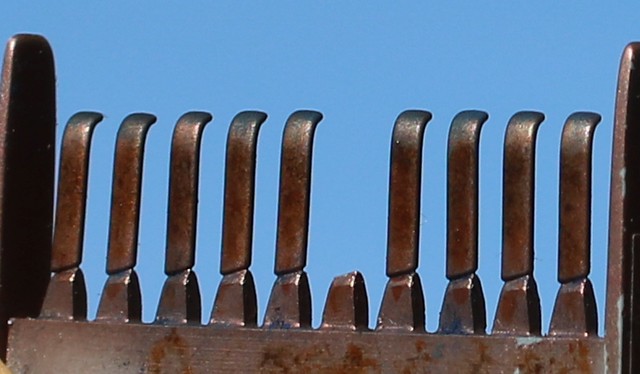






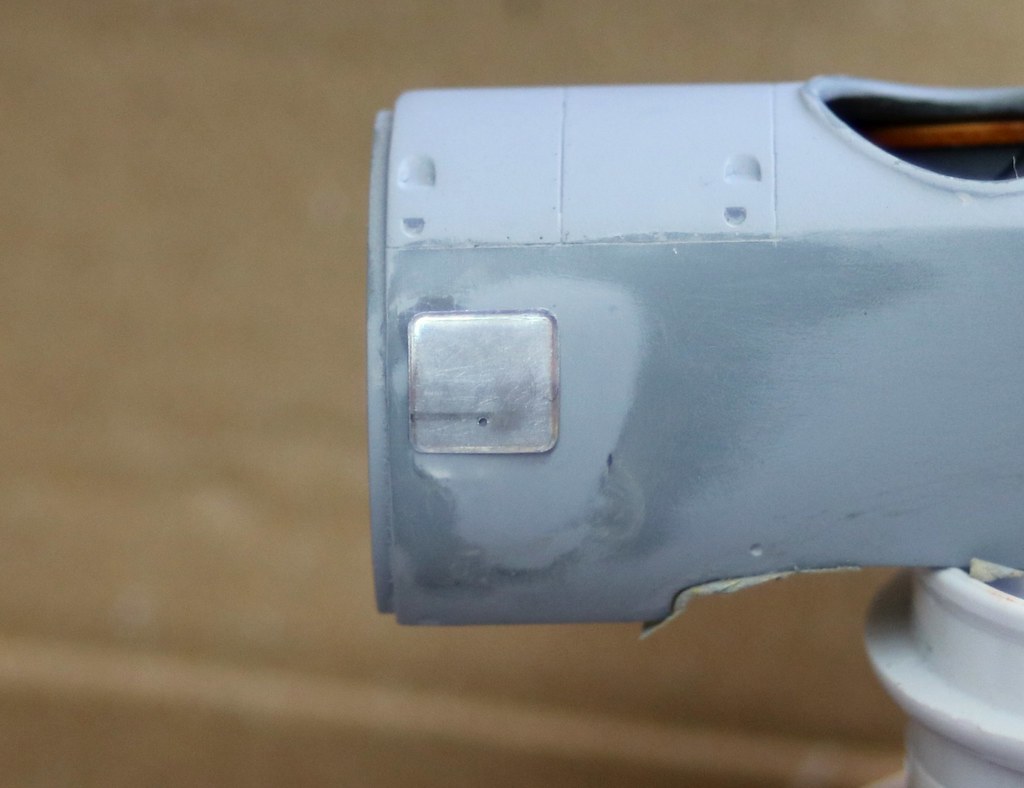
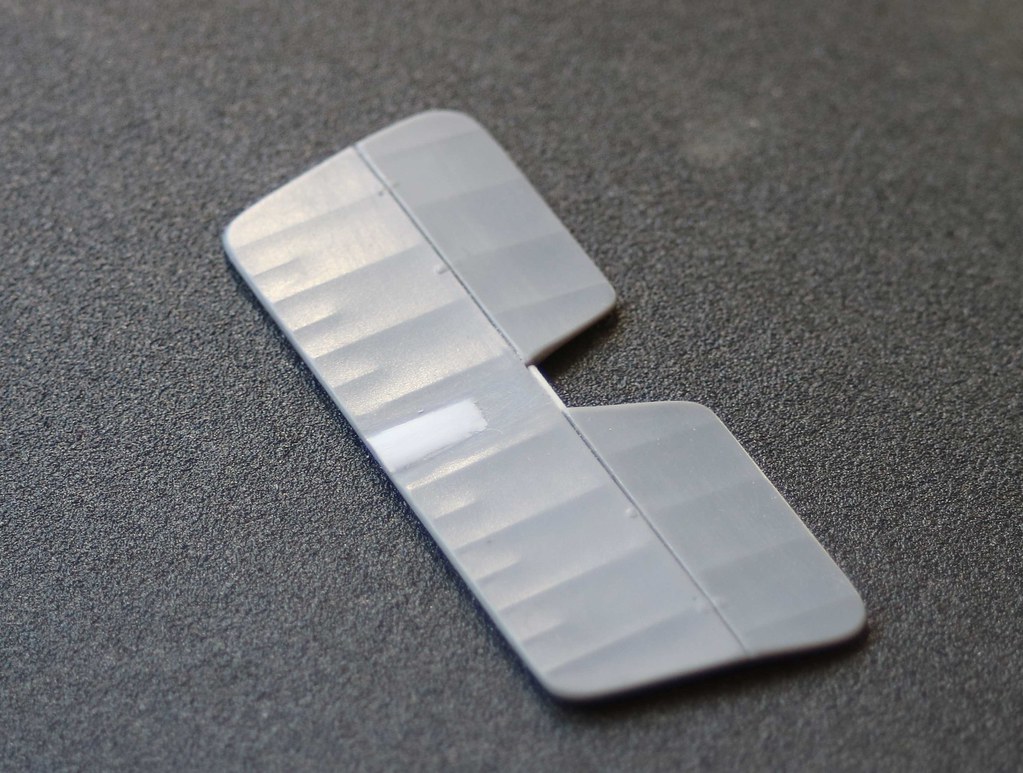

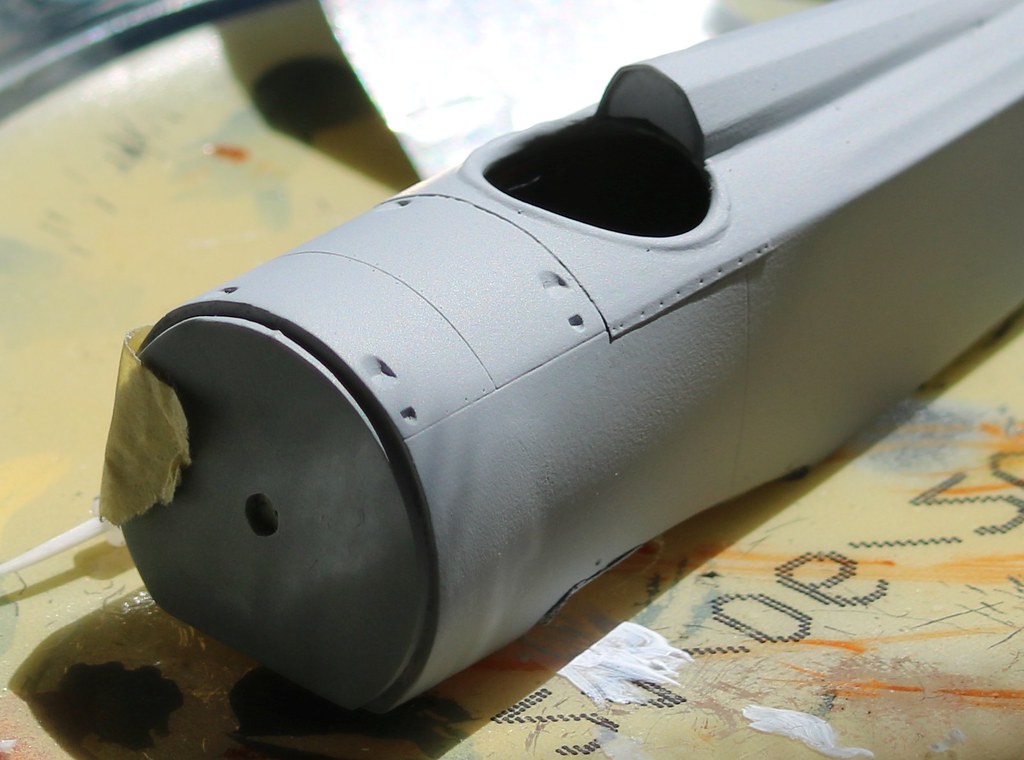


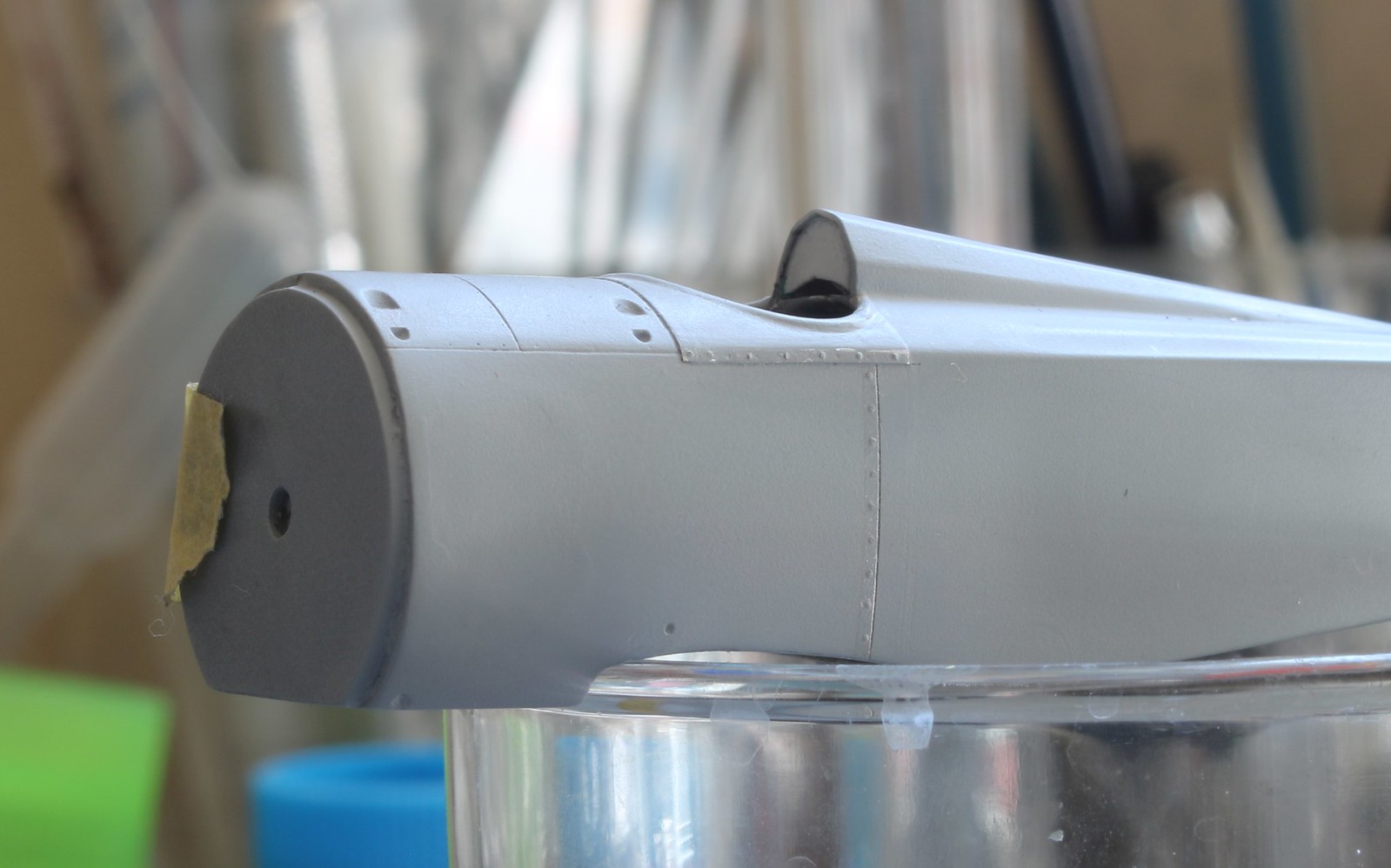
 .
.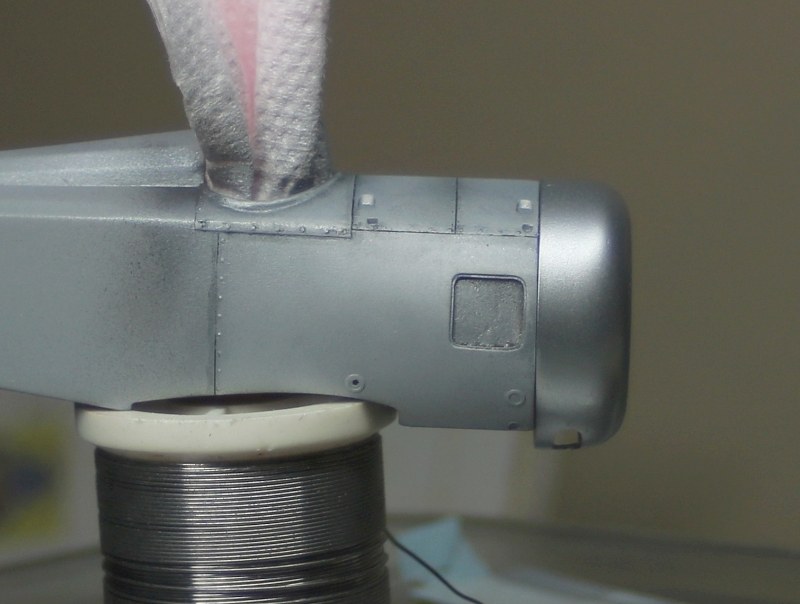 .
.


